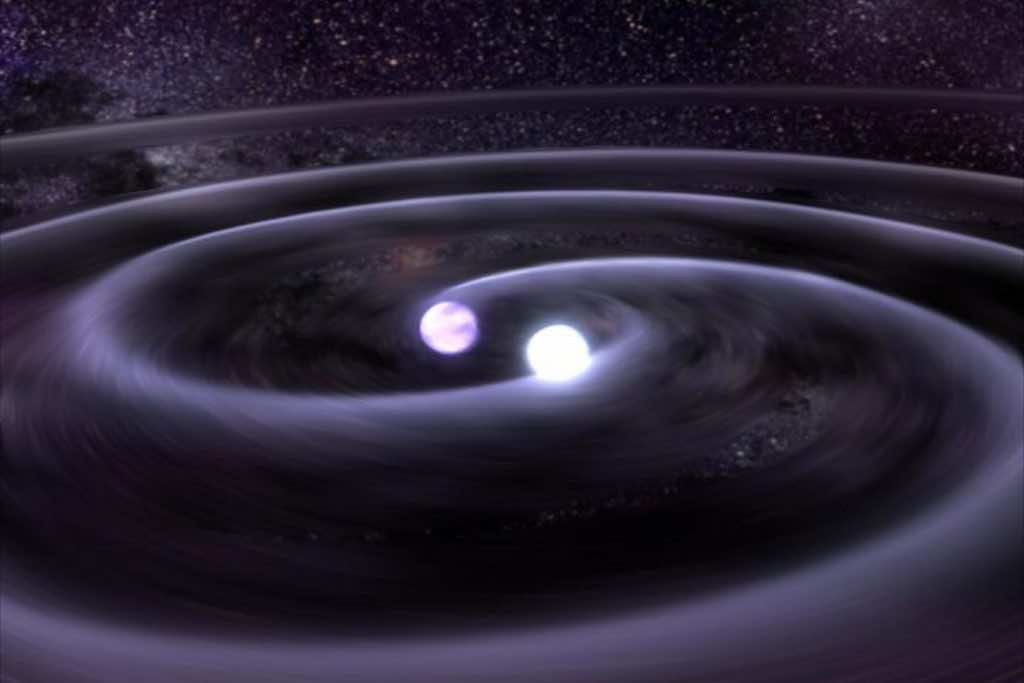A worldwide collaboration believes that astronomers may be on the verge of discovering gravitational waves from distant supermassive black holes that are billions of times bigger than the black holes discovered so far.
The recent findings from various research teams indicate that they are on the cusp of completing a breakthrough after two decades of attempting to detect ripples in space-time via their impact on pulsars, which are fast-spinning spent stars scattered across the Milky Way.
The International Pulsar Timing Array (IPTA) consortium has uncovered no definitive evidence of gravitational waves thus far. However, its most recent study from collaborations in North America, Europe, and Australia finds a type of ‘red noise’ with the characteristics researchers anticipated to observe.
“This is a major milestone,” said Astronomer Michael Kramer of the Max Planck Institute for Radio Astronomy.
Although it is not yet a gravitational-wave detection, it is a vital step in that direction. If the red noise hadn’t been detected at this point, astrophysicists might have had to rethink their assumptions about the prevalence of supermassive black holes and their significance.
The North American group’s head, Xavier Siemens, a radio astronomer at Oregon State University in Corvallis, believes that the red noise is not yet a detection. “But it’s reassuring,” he says.
The Laser Interferometry Gravitational-Wave Observatory (LIGO) in Louisiana and Washington state made the first direct detection of gravitational waves in 2015. LIGO’s twin antennae detected waves created by merging two black holes, each with a mass ten times that of the Sun. Since then, LIGO and its Italian partner Virgo have detected hundreds of similar events. These waves have a frequency peak of tens to thousands of cycles per second, similar to the lower frequencies of audible sound, and can be detected for several minutes or seconds.
The three groups of scientists working on detecting gravitational waves discovered confirmation of their existence in 2020 and 2021: the red noise phenomenon. “white” noise is made up of random fluctuations recorded at all frequencies across the cosmos. In contrast, red noise is louder and occurs at lower frequencies.
To increase the method’s sensitivity to gravitational waves, the researchers looked at data from 65 different pulsars. When another study is released later this year or in 2023, the same data might be used to verify gravitational waves in the background red noise caused by supermassive black holes.

